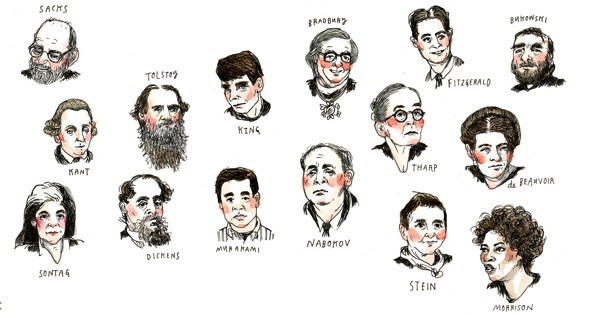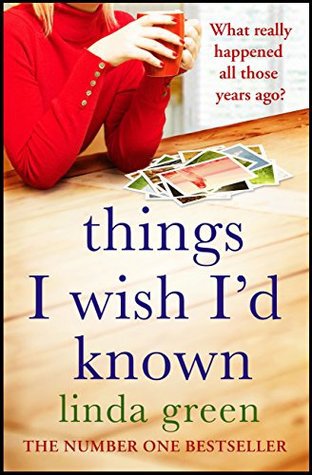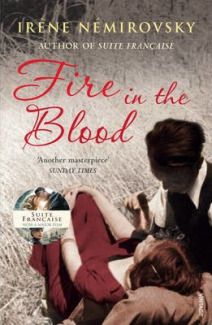This article was first published by Juggernaut Books: http://community.juggernaut.in/10-kickass-girls-from-indian-childrens-books/
It is a better time to be a girl than it was ten years ago—if you are middle-class and urban and a reader, that is—because there are now books about young girls with agency and the power to make choices. One of the positive things about the moving away from mythology- and folktale-dependency in Indian children’s fiction is that there are compelling stories of the here and the now, of regular girls who take on everyday challenges.
It felt good because as I was writing this, I had to choose books from a range rather than hunt for them. There are still many more to be written—there are not enough contemporary books, especially in English, dealing with caste, class, poverty, about tribal kids, kids with special needs, about sexual choices—but those books just don’t exist, whatever the gender of the protagonist. But there are now a significant number of books about fighting for opportunities and equality, and many books with strong female protagonists who take their destiny into their own hands.
Therefore, in no particular order, my favourite ten kickass girls from Indian children’s books:

Moyna is a Shabar, one of a community of landless tribals who live in abject poverty. Moyna herds the goats of the village landlord and she and her brother collect firewood from the forest every day. Moyna is full of questions: Why must I eat leftovers? Why do I have to walk so far to the river to fetch water? Why can’t we eat rice twice a day?
One of Moyna’s questions is to the author, about why she reads every day. Mahasweta Devi explains that this is because books have the answers to all her whys. And this becomes the catalyst for change in Moyna’s life.
Moyna is inspiring for the way she retains her spirit of curiosity and sense of self-worth despite the difficult life she and her family lead.
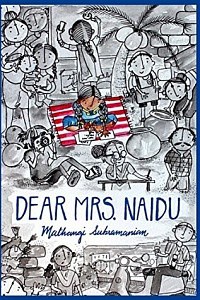
Sarojini’s school is a mess, and no one seems to want to do anything about it. One solution is to go to a posh school, which her best friend Amir has just started going to, and the other option is to create a new and better version of the school she goes to. Sarojini finds out about the Right to Education, and sets about sorting out her particular problem. Aided by her friend Deepti, and a human rights lawyer, Vimala Madam, Sarojini mobilises her community and school.
Sarojini is inspiring for the way she takes on the existing status quo, shakes adults out of apathy, and changes lives around her.
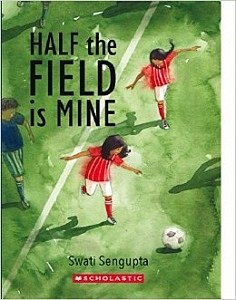
Girls who love sports are few and far between in Indian children’s books. But for Champa and Oli, football is the most important thing in their lives. Oli lives in an apartment, and Champa is the daughter of her domestic help. They play together in a mixed football team made up of kids from the apartment complex and the nearby slums. Though the girls are formidable players, they still have to hear comments about girls playing football, and finally, the boys in the team sign up for a district tournament and insist that the girls cannot play. Champa, who founded the team, is devastated and decides to confront the tournament organiser to demand that girls be allowed to play in professional tournaments as well.
Champa is inspiring because she is determined to re-shape the world so that she can pursue her passion.

In life and in fiction, empathy is traditionally considered a highly desirable quality, especially for girls. Rachita is so single-mindedly focussed on solving mysteries that her friends reproach her for her lack of empathy. And Rachita uses diverse bits of science to establish a logical framework to identify criminals—Archimedes, sheep, peanut, ballet dancers, radii, windspeed and the migration habits of pufferfish.
Rachita is one of several girls in recent children’s fiction who loves science and has fun using it—such as Kia in RamG Vallath’s Oops the Mighty Gurgle, Sangeeta in Nandini Nayar’sThe Great Magic River, and Lijimol in Anushka Ravishankar’s ‘Lijimol and Jijimol’ (Phiss Phuss Boom). We hope there are many more!

Stories of Indian queens-who-rule (as opposed to languishing queen-consorts) are hard to come by. Didda, a tenth-century queen of Kashmir, whose reign of a period of stability and prosperity, has pretty much been written out of history books. Which is only one of the reasons that this book is so wonderful. Didda’s story is fascinating—she is lame, despised by her father, and yet goes on to rule a kingdom larger than her father’s at a time when women did not rule.
There are too few historical novels for children about Indian queens—Natasha Sharma’s Razia and the Pesky Presents, being one, and Devika’s Harsh Vardhana, while about a male ruler, features his little-known sister, who was a power behind the throne. And Didda’s single-minded focus on governing for the benefit of her people make her a compelling character.

There are too many books about princesses—or their modern-day equivalents who come from a position of privilege or end up with a man who is rich and powerful, and can save them from the vagaries of the world. Manjula’s hilarious book is about three girls who use their own resources to save themselves (and, of course, the world). It is hard to pick a favourite: Kavita who fights the giant while all the other kids are busy on screens, and Sayoni who can dream while very few kids have their own dreams are both very endearing. But perhaps Urmila wins.
Urmila is triumphantly ugly. She is so ugly that the nurse faints when she sees the newborn and neighbours and friends stop visiting her family. Her parents, however, are unmoved by her appearance—until it turns out that she can help her country in strange new ways.
Manjula turns the trope of the beautiful but useless princess on its head in such a gleeful manner that one feels rewarded for all the princess books one may have had to suffer through.

There has been a spate of interesting YA novels which are coming of age stories of independent-minded teenagers, who have to learn to negotiate social, school and familial challenges, while finding their own space. One of the finest of these likeable protagonists is Anu.
The story deals with adoption—with the shock of finding out that one is adopted and the pressures it puts on all the relationships within a reasonably happy family. Anu keeps her sense of humour intact, and this helps her to deal with crises large and small as they pile up on family and friends.

This is probably a most immature response, but there is something exhilarating about a girl action hero. Enough princesses, we all say, also enough violence—but if there is a girl behind the gun, it suddenly seems okay.
The world has gone to the zombies—and the only person who may be able to stop humans and zombies from destroying each other is a young girl named Alice. Alice has few of the attributes of a conventional hero—though in her world, one would scarcely need them. But she does have a strange matter-of-fact kind of empathy, for the zombies. And she has nerves of steel and is a tactical master. It’s also fun that the leader of the zombies was also once a woman.

Ideally, I should be listing children or teenagers, but one anarchist grandmother is always allowed. In Asha’s laugh-aloud funny book, Paati—Laila and Vikram’s grandmother—has perfected the formula for the famous Wondegro Supersonic Hair Tonic, a family secret. Nefarious elements are out to steal it and intimidate Paati into staying away from her presentation of the formula at the World Herbologist Conference. But not only is Paati a talented scientist, she also refuses to be cowed down. What ensues is a series of wild wacky adventures with her grandkids and her pink-haired assistant, Damodaran.
Mayhem-causing grandmothers are a delightful trope—mothers are usually portrayed as responsible and just not wild enough. Rajiv Eipe’s Ammachi’s Amazing Machine features a toolkit-wearing grandmother who invents amazing machines, and Lavanya Karthik’s forthcoming Ninja Nani series holds promise of more pandemonium.

Most of the books listed are about girls dealing with challenging situations. Anushka Ravishankar’s book stands out for sheer exuberance and joyful anarchy.
People are always telling Tala what to do—her parents, grandmother, sister and teachers. Just for today, Tala will seize the day and do whatever she wants—and whatever she says will come true.
Tala’s maths teacher speaks the language of restriction that most girls grow up with:
I said it before, I said it three times I said it in prose, I said it in rhyme I told you to write it in cursive and print I gave you four clues and a very broad hint.And Tala’s celebration of freedom, of knowing that she has one day of control is what celebrating women’s day should be like (every day’s my day would be better):
Tomorrow’s a different day
You can flare at me
And glare at me
And I’ll try not to fight
You can growl at me
And scowl at me
Though it’s not a pretty sight
Everything can go back to
The normal daily way
Because tomorrow’s not my day
But today is my day!
Advertisements Share this: